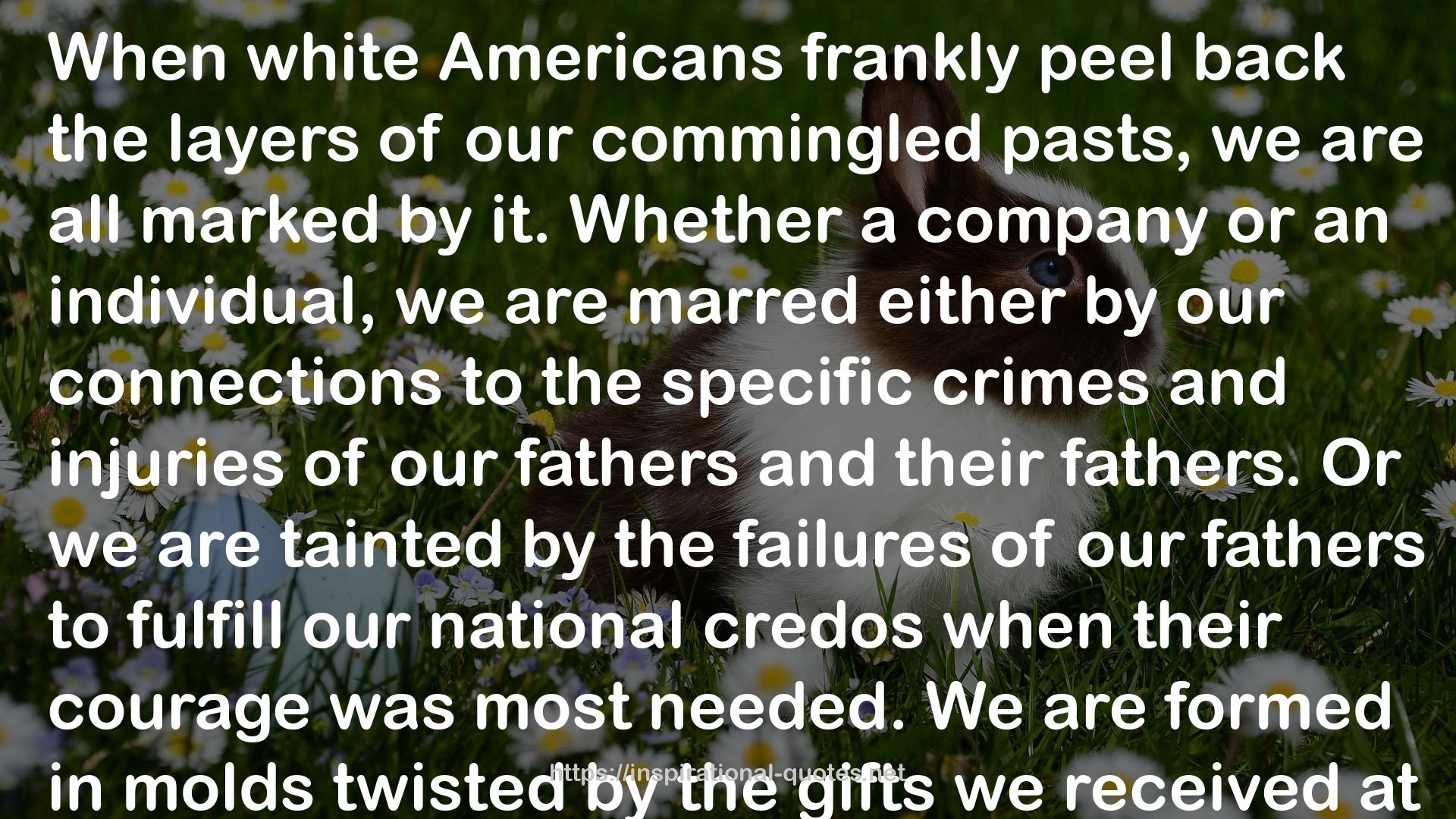4
" Bibb Steam Mill Company also introduced to the county the ruthless form of industrial slavery that would become so important as the Civil War loomed. The mill acquired twenty-seven male African Americans, nearly all strapping young men, and kept them packed into just six small barracks on its property. The Cottingham slave cabins would have seemed luxurious in contrast.51 The founders of Bibb Steam, entrepreneurs named William S. Philips, John W. Lopsky, Archibald P. McCurdy, and Virgil H. Gardner, invested a total of $24,000 to purchase 1,160 acres of timbered land and erect a steam-powered sawmill to cut lumber and grind corn and flour.52 In addition to the two dozen slaves, Bibb Steam most likely leased a larger number of slaves from nearby farms during its busiest periods of work. The significance of those evolutions wouldn’t have been lost on a slave such as Scipio. By the end of the 1850s, a vigorous practice of slave leasing was already a fixture of southern life. Farm production was by its nature an inefficient cycle of labor, with intense periods of work in the early spring planting season and then idleness during the months of “laid-by” time in the summer, and then another great burst of harvest activity in the fall and early winter, followed finally by more months of frigid inactivity. Slave owners were keen to maximize the return on their most valuable assets, and as new opportunities for renting out the labor of their slaves arose, the most clever of slave masters quickly responded. "
― Douglas A. Blackmon , Slavery by Another Name: The Re-Enslavement of Black Americans from the Civil War to World War II
5
" Unlike the victims of the Jewish Holocaust, who were on the whole literate, comparatively wealthy, and positioned to record for history the horror that enveloped them, Cottenham and his peers had virtually no capacity to preserve their memories or document their destruction. The black population of the United States in 1900 was in the main destitute and illiterate. For the vast majority, no recordings, writings, images, or physical descriptions survive. There is no chronicle of girlfriends, hopes, or favorite songs of the dead in a Pratt Mines burial field. The entombed there are utterly mute, the fact of their existence as fragile as a scent in wind. "
― Douglas A. Blackmon , Slavery by Another Name: The Re-Enslavement of Black Americans from the Civil War to World War II
 Slavery by Another Name: The Re-Enslavement of Black Americans from the Civil War to World War II
Slavery by Another Name: The Re-Enslavement of Black Americans from the Civil War to World War II